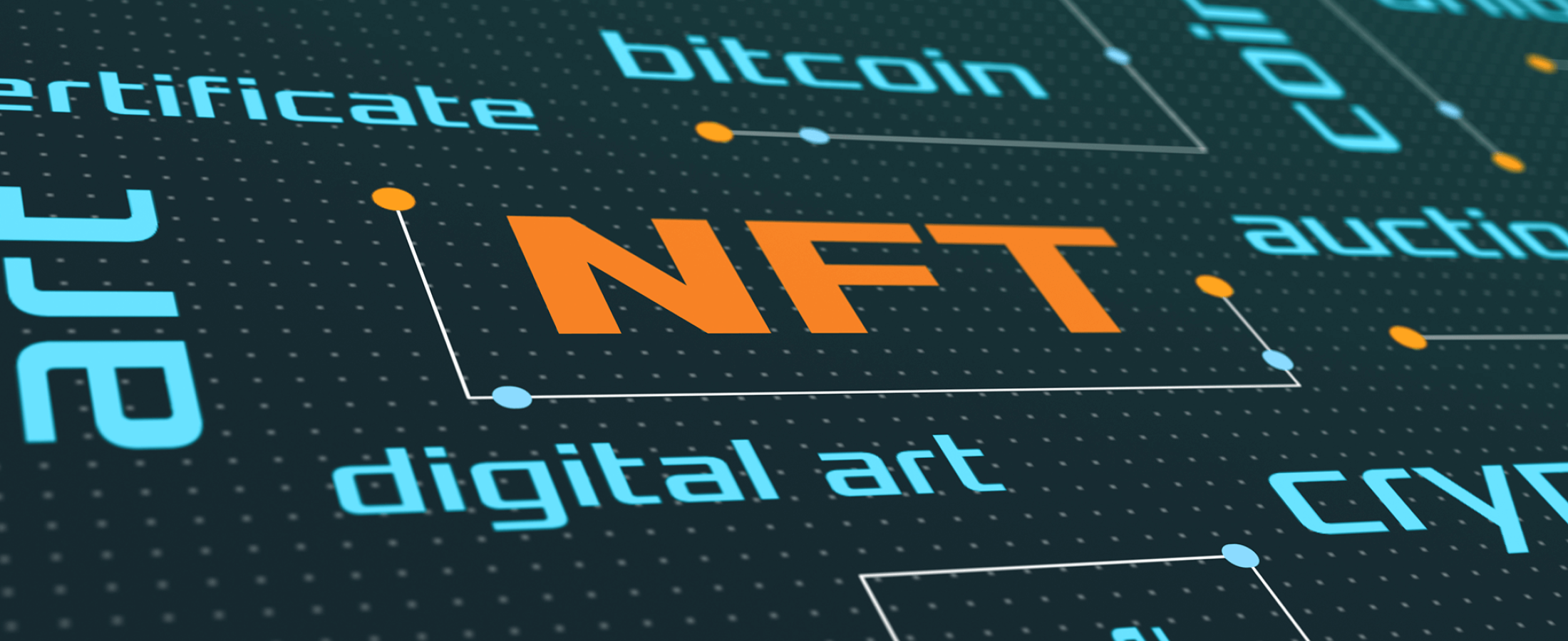
What are NFTs?
What is the latest in cryptocurrency craze? Have you heard of NFTs?
Reports say that there are approximately 360,000 NFT owners with more than $17 billion in sales. NFTs may use some of the same characteristics as cryptocurrency, but there are additional uses for this technology. From digital albums to limited edition digital collectibles, millions of dollars have been invested in these trinkets.
What does NFT mean?
NFT, or non-fungible token, is a digital asset that links ownership to unique physical or digital items including works of art, real estate, music, and videos. Considered a modern-day collectible, they are purchased and sold online, representing proof of ownership digitally. NFTs use the same technology as cryptocurrencies – securely recorded on a blockchain, making the item one-of-a-kind. This technology also makes it difficult to alter or create counterfeit NFTs. Like cryptocurrencies, NFTs are unregulated.
How do NFTs work?
NFTs are created and stored on an Ethereum blockchain. Ethereum is a cryptocurrency like bitcoin, but keeps track of who owns and trades NFTs. Blockchains are a way to store data without relying on a company’s trust to keep it secure and accurate.
Digital goods can be “tokenized” such as artwork, items in a game, and videos. Depending on the NFT, the copyright or licensing rights may not come with the purchase. For example, buying a limited-edition item may not grant you rights to the image. As the technology updates, NFTs may have other applications. This could include a school issuing an NFT to a student who earned a degree, or even a venue selling and tracking event tickets, cutting down resale fraud.
Are NFTs safe?
NFTs are kept secure with validation and smart encryption. However, the NFT craze is attracting scammers, hackers, and fraudsters, so beware of fake NFTs. Some may try to sell you an NFT when it’s not.
According to CNBC, NFTs are not great for the environment. The effects of producing NFTs or any other type of cryptocurrencies can have a negative long-term effect over time.
The information in this article was obtained from various sources not associated with Adirondack Bank. While we believe it to be reliable and accurate, we do not warrant the accuracy or reliability of the information. Adirondack Bank is not responsible for, and does not endorse or approve, either implicitly or explicitly, the information provided or the content of any third-party sites that might be hyperlinked from this page. The information is not intended to replace manuals, instructions or information provided by a manufacturer or the advice of a qualified professional, or to affect coverage under any applicable insurance policy. These suggestions are not a complete list of every loss control measure. Adirondack Bank makes no guarantees of results from use of this information.

